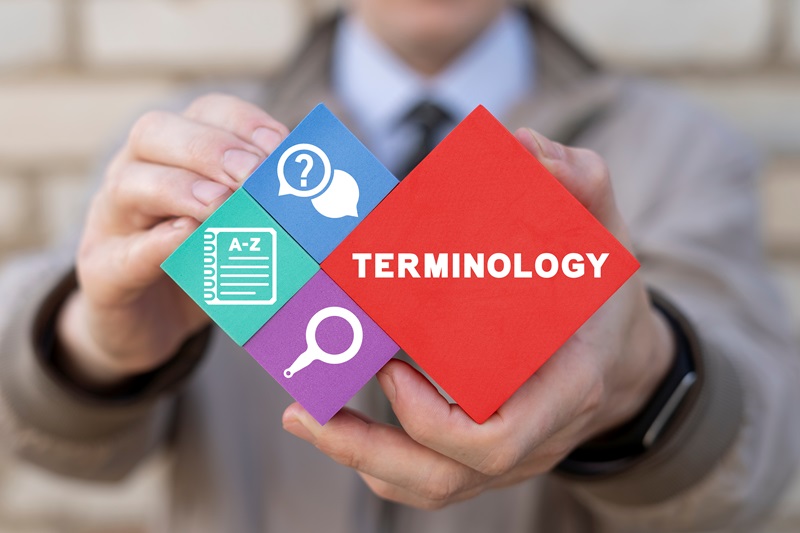Clear and consistent communication across multiple languages is a critical factor for businesses aiming to expand into new markets. With language barriers, cultural differences, and regional variations, maintaining clarity in multilingual communication becomes a challenging task. Terminology management offers a solution by establishing and standardizing language use, ensuring effective communication, and building a strong global presence.
This article explores the importance of terminology management in achieving consistent global communication, how it impacts translation quality, and the strategies organizations can use to successfully implement it.
The Essence of Terminology Management
Terminology management refers to the practice of creating, organizing, and maintaining a structured collection of key terms, definitions, and translations within a termbase. This termbase acts as a reference point for translators, content creators, and stakeholders, helping them use the same language and expressions consistently. It’s a system that not only defines how terms should be translated but also captures contextual information to avoid misinterpretations and confusion.
How Terminology Management Influences Translation
Without clear terminology standards, translation efforts can quickly become inconsistent and disjointed. Translators might interpret key terms differently, or miss out on critical nuances, especially when dealing with industry-specific jargon or branded phrases. Terminology management helps solve this problem by providing a centralized repository of approved terms, which ensures consistency and reduces the chances of errors in translation.
By giving translators access to a standardized termbase, terminology management aligns language use with a company’s brand and messaging guidelines, making it easier to maintain the desired tone and style across different markets.
The Benefits of Terminology Management
Brand and Message Consistency
For businesses, brand identity is not just about logos and colors—it’s also about the words and phrases that define their voice. When companies expand globally, they must ensure that this voice remains consistent across all languages. Terminology management plays a key role in maintaining this consistency, helping businesses convey their messages accurately without losing the brand’s essence in translation.
Higher Translation Quality and Efficiency
Providing translators with a pre-approved set of terms improves the quality of translations by minimizing misinterpretations and ambiguities. This leads to fewer revisions, saving both time and money. Additionally, a well-maintained termbase makes the translation process more efficient, as translators can quickly reference and use standardized terminology, rather than guessing or constantly seeking clarification.
Seamless Multichannel Communication
When companies operate on a global scale, their messaging spans various channels, including websites, apps, social media, manuals, and more. Terminology management ensures that the same language and tone are applied uniformly, creating a seamless experience for customers regardless of the platform.
Compliance with Regulatory Standards
Industries such as pharmaceuticals, legal services, and engineering have strict standards for language use. Terminology management helps organizations adhere to these standards by maintaining a database of compliant terms, reducing the risk of costly mistakes or misunderstandings.
Overcoming Challenges in Terminology Management
Effective terminology management involves more than simply compiling a list of terms. It must address several challenges:
- Staying Current with Evolving Terms: As products and industries change, so do the terms associated with them. Organizations need to regularly update their termbases to keep pace with these changes.
- Handling Regional Variations: Languages can vary significantly between regions, requiring careful localization to maintain accuracy. For example, Spanish as spoken in Mexico differs from Spanish used in Spain.
- Navigating Cultural Sensitivities: Some terms may have different meanings or cultural implications in different regions. Effective terminology management must account for these variations to avoid misunderstandings or unintended offense.
Best Practices for Implementing Terminology Management
Building a Comprehensive Termbase
A good termbase is more than a glossary. It includes terms, translations, definitions, contexts, and usage guidelines, all organized and accessible for translators and stakeholders. Involving subject matter experts (SMEs) and linguistic professionals in building and validating the termbase can ensure its accuracy and relevance.
Leveraging Collaborative Tools
Collaboration is essential for maintaining and updating a termbase. Cloud-based terminology management tools allow translators, editors, and SMEs to work together efficiently, providing real-time updates and feedback. This collaborative approach prevents discrepancies and keeps the terminology relevant.
Establishing Clear Usage Guidelines
Providing guidelines on how to use standardized terminology is crucial. These guidelines should cover aspects such as capitalization, preferred phrasing, and region-specific variations. Clear guidelines give translators and content creators the direction needed to maintain consistency.
Continuous Review and Updating
Terminology management is not a static process. It requires ongoing review and updates to keep pace with changes in industry standards, product developments, and market trends. Regular updates, coupled with quality assurance checks, will help maintain the integrity of the termbase.
The Role of Technology in the Future of Terminology Management
With advances in artificial intelligence (AI) and machine learning, the future of terminology management is evolving. AI-driven translation systems can now flag inconsistencies and suggest preferred terms, making it easier for translators to stay aligned with the termbase. Additionally, companies are increasingly using AI to analyze content trends and identify emerging terms that should be added to the termbase.
This growing integration of AI technology means that terminology management will continue to improve in its accuracy and ability to handle large-scale projects.
Summarizing
For businesses operating in a global marketplace, consistent communication is essential to building a strong brand presence and fostering trust with audiences. Terminology management plays a crucial role in achieving this by ensuring that key messages are conveyed accurately, clearly, and consistently across languages and regions.
By investing in effective terminology management practices, companies can overcome linguistic challenges, maintain brand integrity, and establish a unified global voice. As the world continues to become more interconnected, the importance of clear and consistent communication will only grow—making terminology management an indispensable asset for any organization.
Whether your business is expanding into new markets or localizing content for a global audience, terminology management is a vital strategy for ensuring that your message resonates clearly and consistently across borders.


